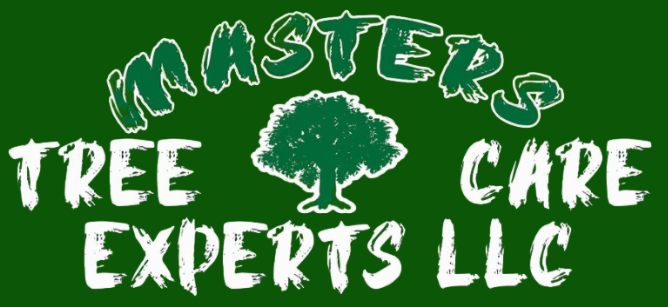In Missouri, trees are more than just backyard features—they’re part of our identity. They provide shade, clean air, privacy, and beauty. But there’s a hidden danger creeping into many yards: invasive species. These non-native plants, pests, and diseases can silently destroy trees before you even realize there’s a problem.
At Master’s Tree Care Experts, we’ve helped countless Lee’s Summit homeowners deal with the aftermath of invasive species. Here’s what to watch out for—and what to do if you spot trouble.
Table of Contents
What Is an Invasive Species, and Why Is It So Dangerous?
An invasive species is any non-native organism—plant, insect, or fungus—that spreads aggressively and disrupts local ecosystems. Unlike native pests or plants, invasives have few natural predators, so they multiply quickly and outcompete or kill native trees.
Why you should care:
- Tree loss from invasives costs millions in property damage and tree removal
- They reduce biodiversity, harming pollinators and local wildlife
- Weakened trees become safety hazards during storms
Common Invasive Tree Threats in Missouri
Let’s break down the biggest threats affecting Missouri trees right now.
1. Emerald Ash Borer (EAB)
- What it is: A metallic green beetle from Asia that attacks ash trees.
- Damage: Larvae bore into the tree, disrupting nutrient flow and killing it in 1–3 years.
- Signs:
- Canopy thinning
- D-shaped exit holes in bark
- Vertical bark splits
- Increased woodpecker activity
If you have ash trees, schedule a health inspection. Removal may be necessary if infestation is advanced. Click here for expert tree removal.
2. Kudzu
- What it is: A fast-growing vine from Asia, known as “the vine that ate the South.”
- Damage: Smothers trees by blocking sunlight and weighing down branches.
- Signs:
- Thick green vines growing rapidly over trees and shrubs
- Sudden decline in canopy health
- Tangled ground cover that creeps upward
Kudzu spreads fast and is tough to eliminate without professional help. Don’t try to pull it alone—some roots resprout. We offer safe, effective removal options.
3. Tree-of-Heaven
- What it is: A highly invasive tree species that spreads through aggressive roots and seeds.
- Damage: Crowds out native trees, supports the Spotted Lanternfly (another invasive), and releases chemicals into the soil to prevent other plants from growing.
- Signs:
- Rapid growth with large, compound leaves
- Foul smell when crushed
- Spreading root shoots and saplings
Removal requires root elimination and stump grinding to prevent regrowth.
4. Bush Honeysuckle
- What it is: A dense, shrubby plant often planted for its flowers, but now considered highly invasive.
- Damage: Steals light and nutrients from young native trees.
- Signs:
- Early green-up in spring, late leaf drop in fall
- Dense thickets under trees
- Reduced tree seedling growth in affected areas
Removal must be done before seed spread. Mechanical removal and follow-up treatments are key.
What to Do If You Suspect an Invasive Species
Spotting signs early can save your tree—or at least prevent spread to others.
Here’s what to do:
- Schedule a professional tree inspection – Our certified arborists can confirm the presence of invasive species.
- Act quickly – Some invasives, like emerald ash borer, move fast and kill faster.
- Consider tree removal – If the tree is unsalvageable, safe and professional removal is often the best path forward. Learn more here.
- Stay proactive – Regular pruning, soil care, and pest monitoring keep trees healthier and more resistant to threats.
Protect Your Property with the Pros Who Know Invasives
Invasive species won’t go away on their own. And trying to fight them without expert help can sometimes make things worse. At Master’s Tree Care Experts, we’re trained in identifying, treating, and—when necessary—safely removing trees affected by invasive pests or plants.
With 20 years of experience and the sharp eye of ISA Certified Arborists, we’re your first line of defense in keeping Lee’s Summit green and healthy.
Call us now at (913) 909-9768 or schedule a tree inspection. Let’s stop invasive species before they spread.

